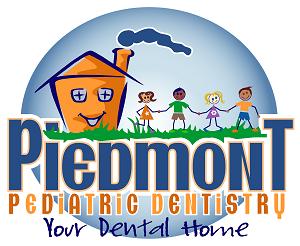 Conscious sedation and general anesthesia are used as effective alternatives to conventional behavioral management techniques. Patients are selected based upon strict criteria, as each procedure and sedative agent has their own indication, risk, benefit and limitations. General criteria include young age, extent of dental work required and inability to cooperate in a regular dental setting.
Conscious sedation and general anesthesia are used as effective alternatives to conventional behavioral management techniques. Patients are selected based upon strict criteria, as each procedure and sedative agent has their own indication, risk, benefit and limitations. General criteria include young age, extent of dental work required and inability to cooperate in a regular dental setting.
Conscious Sedation Dentistry
Conscious sedation is performed using a combination of oral sedatives and nitrous oxide/oxygen. The sedative medications used result in decreased anxiety and level of consciousness. For these reasons, we are compliant with the American Society of Anesthesiologists and the American Academy of Pediatric Dentistry to use their required monitoring devices. Strict pre-operative and post-operative protocols are explained to the parents or guardians at the time the appointment is made.
General Anesthesia for Dental Work
Dental procedures under general anesthesia are rendered at either UCSF Benioff Children’s Hospital in Oakland (childrenshospitaloakland.org) or at Kaiser Permanente Medical Center in Oakland. Patients selected for treatment under general anesthesia are usually very young, have extensive dental caries and/or have proven to be untreatable under any other method, including conscious sedation.
How to Prepare for your First Surgery
Sedation Dentistry or General Anesthesia are most helpful for:
- Infants
- Children who require major treatment
- Children who have difficulty getting “numbed” due to dental defects
- The very anxious child
- Children that have had traumatic dental experiences (sound and smell aversion)
- Children with a strong gag reflex
- Children who are medically compromised or those with Special Needs
